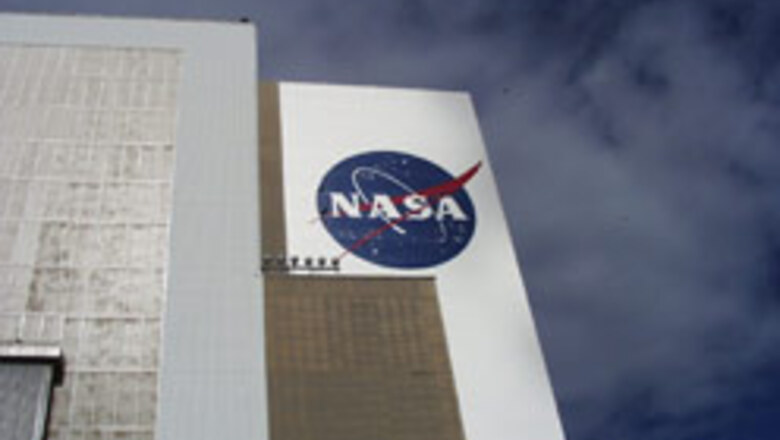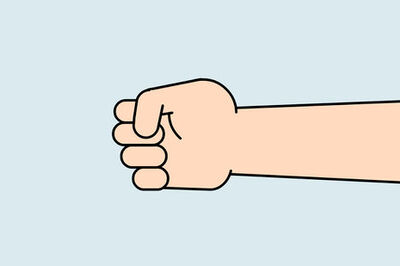
views
London: Astronauts of the future will not have to worry if their space suits develop any holes.
NASA is working on future smart material space suits that can self-repair holes, generate electricity and even kill germs.
NASA, which is planning to recreate its historic 1969 moon mission, believes the suit will be ready for another sojourn to the rocky satellite in 2018.
The Delaware based ILC Dover, which has made spacesuits for NASA since the Apollo missions in the 1960s and has been testing these new smart fabrics.
It recently gave a presentation last week at the 36th International Conference on Environmental Systems (ICES) in Norfolk, Virginia, US.
Experts said that the spacesuit would be self-healing because its innermost layer, which provided the spacesuit's airtight seal, was filled with a thick polymer gel.
The rubber-like gel was sandwiched between two thin layers of polyurethane so that if a hole formed in these layers, the gel would ooze out from the surrounding areas to plug it.
In vacuum chamber tests, the gel was found to seal holes up to two millimetre wide.
David Cadogan, the smart materials programme at ILC Dover said that in case of bigger holes, the material would immediately alert the astronaut of the opening’s location.
“The material contains a layer of crisscrossed current-carrying wires, and large punctures would break circuits in the damaged area, allowing built-in sensors to alert a central computer,” New Scientist quoted Cadogan as saying.
He said that the suit was also capable of providing its own power and the material was adept at keeping microbes at bay using layers of silver coated polyester, which slowly released silver ions, killing harmful bacteria.
This apart, the suit would also block harmful radiations.
The layers of polyethylene contained hydrogen, which was a good radiation blocker.
ILC researchers said the company had tested these features on various materials but was yet to settle on a final design.


















Comments
0 comment